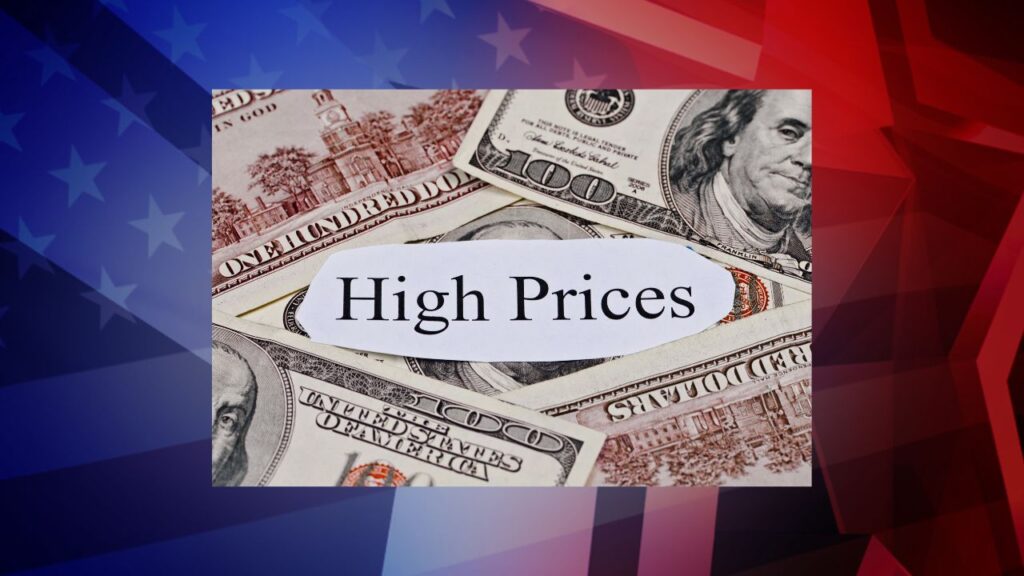A new national Rasmussen Report survey finds that voters’ top economic concern remains the cost of basic goods, even though opinions about former President Donald Trump’s handling of the economy have changed little since midsummer.
According to the poll, 46% of likely U.S. voters rate President Trump’s performance on economic issues as good or excellent, the same as in July, and 42% give him a poor rating. When asked which aspect of the economy most needs improvement, almost half (47%) of respondents cited lower food and energy prices.
Employment and government spending lag far behind. 17% of voters said job creation was most important, and 15% said cutting government spending was at the top of their list. Single-digit percentages cited lowering home prices (8%), increasing the stock market (5%), or increasing corporate profits (6%) as priorities.
The survey of 1,220 likely voters was conducted on October 15-16 and 19, 2025, with a margin of error of ±3 percentage points and a 95% confidence level. Fieldwork was conducted by Pulse Opinion Research, LLC.
Among voters who prioritize lowering food and energy prices, 55% give President Trump a negative review of his handling of economic issues.

Partisan divisions remain sharp, with 76% of Republicans rating President Trump’s economic performance as good or excellent, compared to 70% of Democrats rating it poor. Independent voters are evenly divided, with 41% rating Trump’s performance as “good” or “excellent” and 41% rating it “poor.”
Majorities across party lines identify commodity inflation as a major concern, with 52% of Democrats, 41% of Republicans, and 49% of independents saying lower food and energy prices are the most urgent need. About one in five (20%) Democrats and 15% of Republicans and independents say job creation is a top priority. Meanwhile, 19% of Republicans, 9% of Democrats, and 18% of independent voters emphasized cutting government spending.
Older Americans were more likely than younger voters to give President Trump a poor rating on economic issues, and they were also the most likely to list food and energy prices as their main concerns.
Economic evaluations also varied widely depending on income level. Voters with incomes of less than $30,000 a year were most likely to rate Trump’s performance poorly, while voters with incomes of $200,000 or more were most likely to rate Trump’s performance as excellent.
Among those who voted for Trump in the last presidential election, 83% rate his handling of the economy as good or excellent. By contrast, 81% of Kamala Harris voters gave her a low rating.
The survey also found that most voters have used early voting in the past, but believe it should be limited to two weeks before Election Day.
Demographic breakdowns revealed that 48% of white voters, 36% of black voters, 47% of Hispanic voters and 41% of other minorities rate President Trump’s economic performance as good or excellent. White voters were more likely to prioritize lowering food and energy prices, while black and Hispanic voters were more likely to prioritize job growth.
There’s also a gender gap, with 53% of men saying President Trump is handling the economy well, compared to 40% of women. Meanwhile, a majority of women (54%) say reducing food and utility costs is their most important financial goal (compared to 39% of men).


